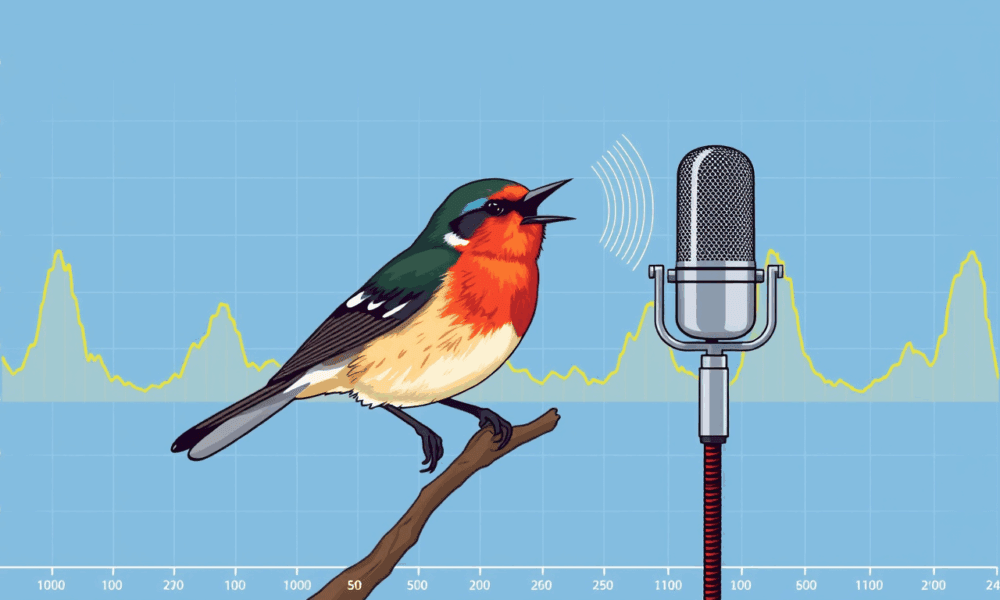
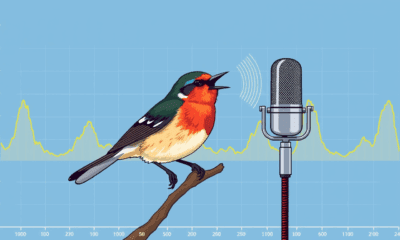

Biologists recently announced that they have released the first broad scale, comparative, fine-grained analysis linking the amplitude, or volume, of a birds' song to its vocal...
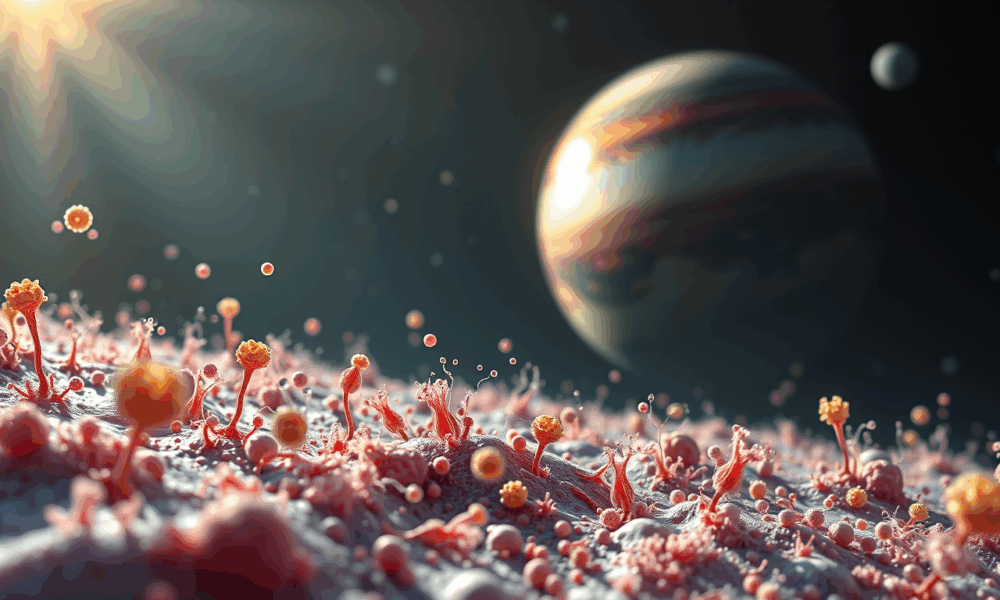
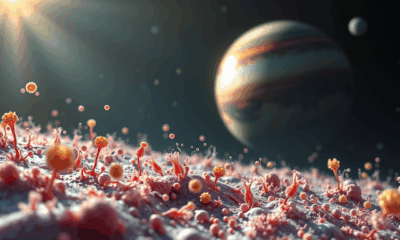

To better understand the circadian clock in modern-day cyanobacteria, a research team has studied ancient timekeeping systems. They examined the oscillation of the clock proteins KaiA,...
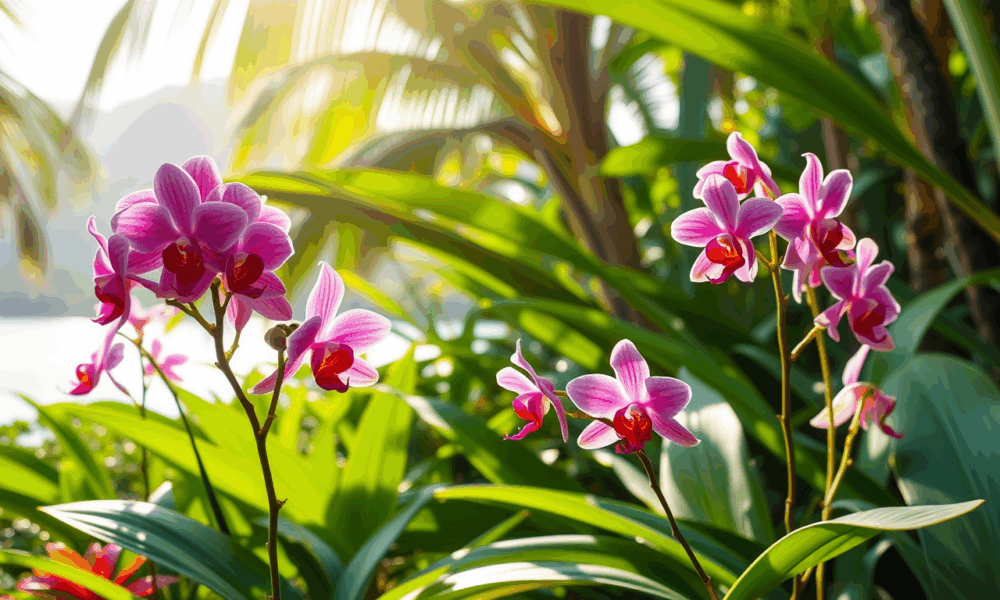
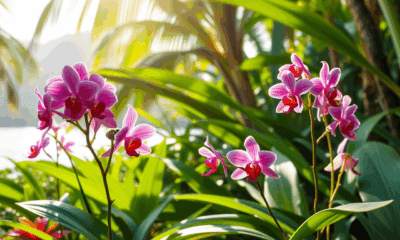

Plants that reproduce exclusively by self-pollination arise from populations with extremely low diversity to begin with. The research not only adds a facet to possible evolutionary...

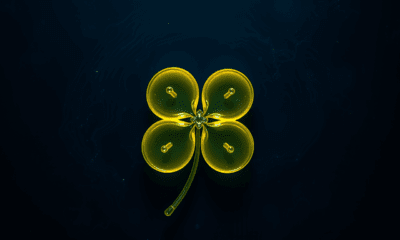

Scientists have decoded the atomic structure of Photosystem I from a 3-billion-year-old cyanobacteria lineage, offering a unique look at early oxygen-producing photosynthesis. The ancient nanodevice, purified...
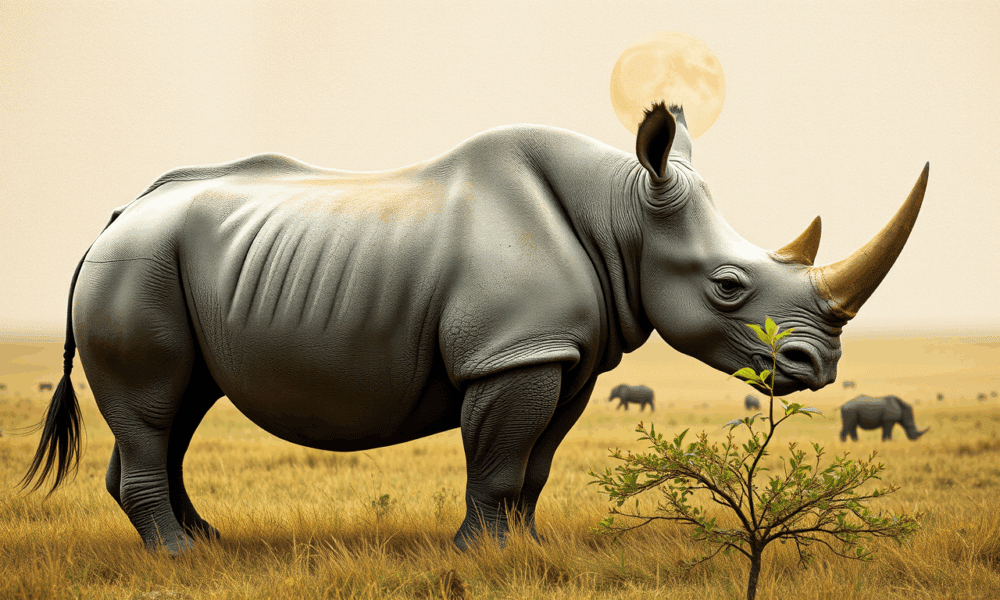
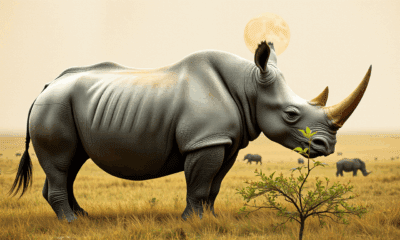

The northern white rhinoceros is one of the rarest animals on Earth, with just two females left and no natural way for the species to reproduce....
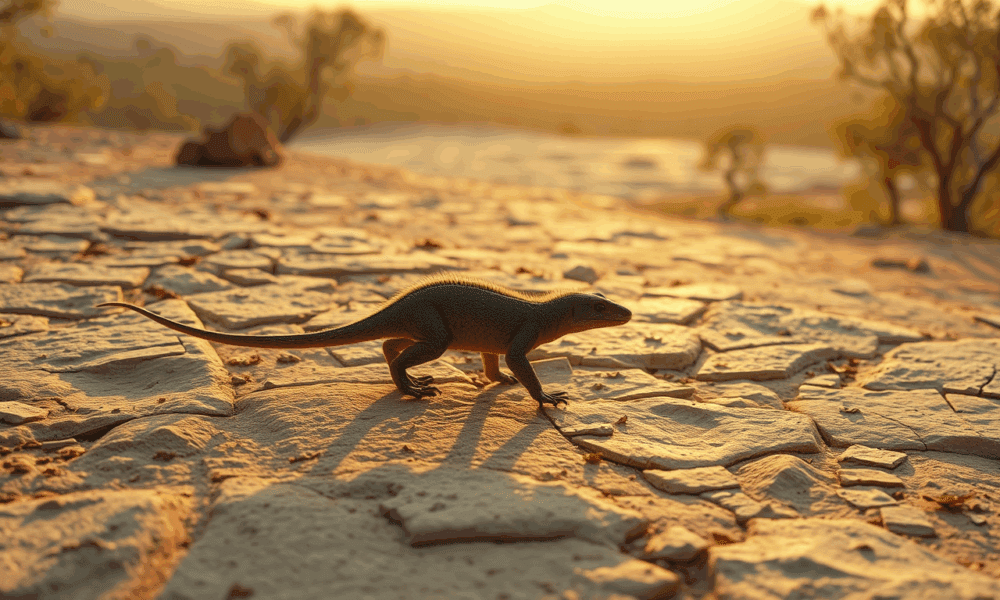
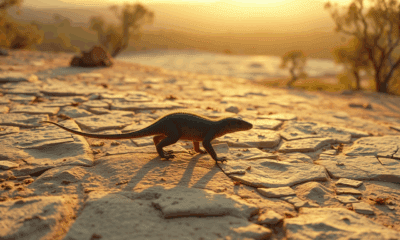

The origin of reptiles on Earth has been shown to be up to 40 million years earlier than previously thought -- thanks to evidence discovered at...
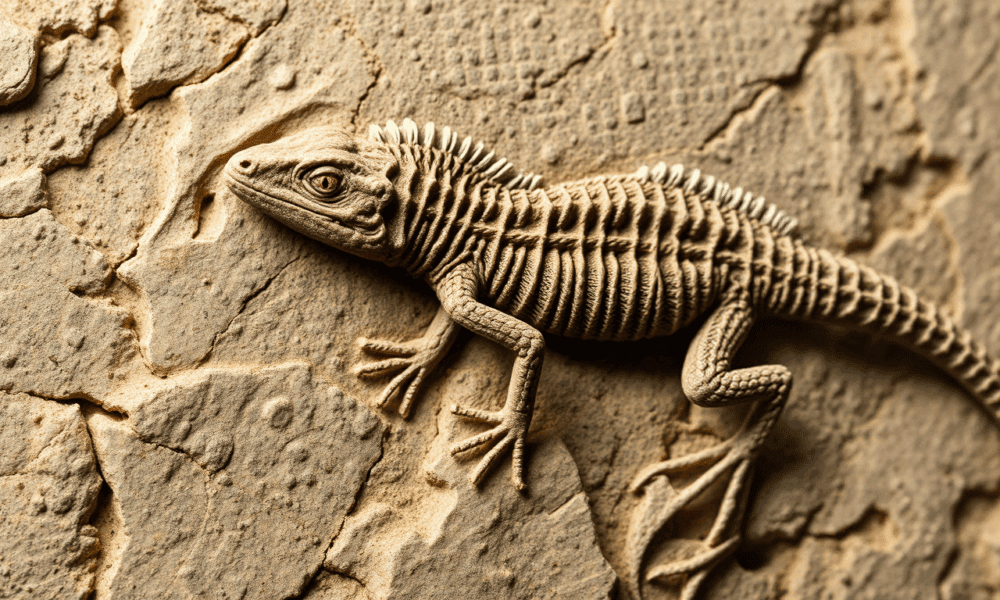
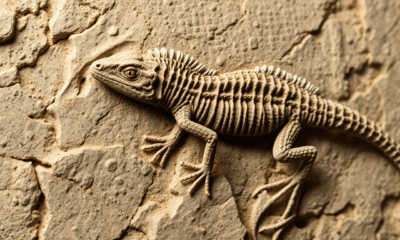

Originally from South America, the charismatic tegu made its way to the United States via the pet trade of the 1990s. But a recent discovery shows...



More than a decade ago, researchers launched the BabySeq Project, a pilot program to return newborn genomic sequencing results to parents and measure the effects on...



Modern HIV medicine is based on a common genetic mutation. Now, researchers have traced where and when the mutation arose -- and how it protected our...
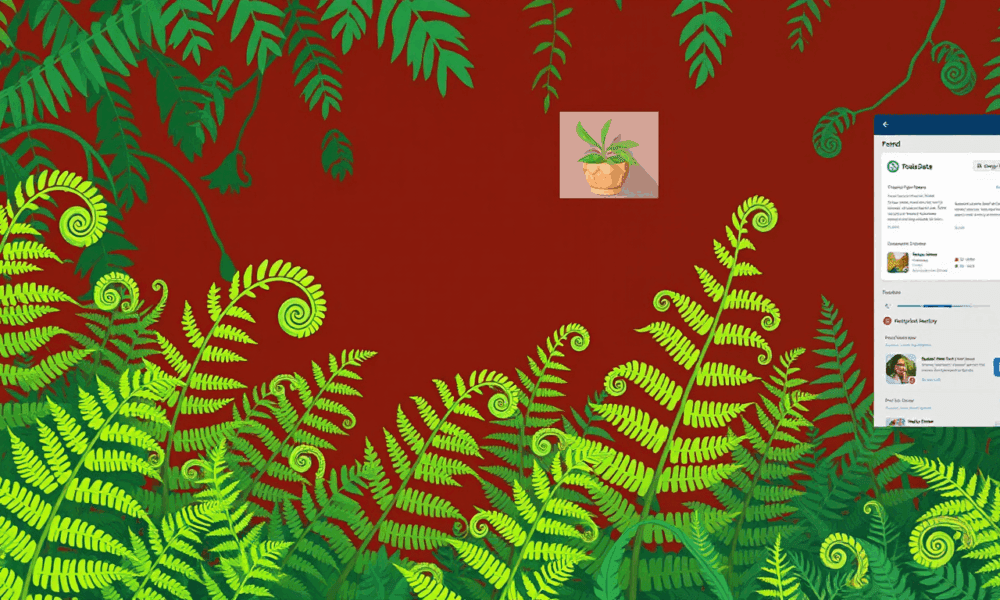
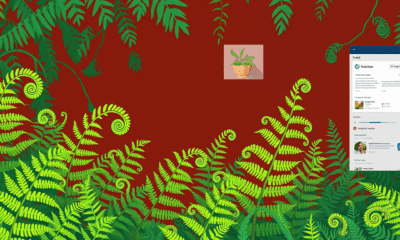

Biologists have create a web portal for the world's most charismatic plants, ferns.